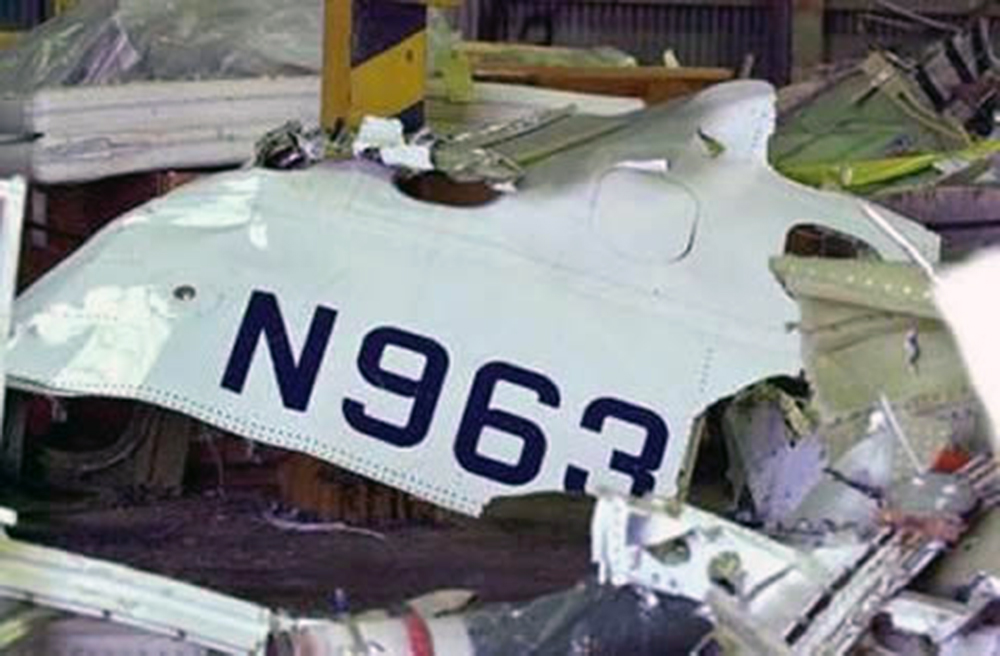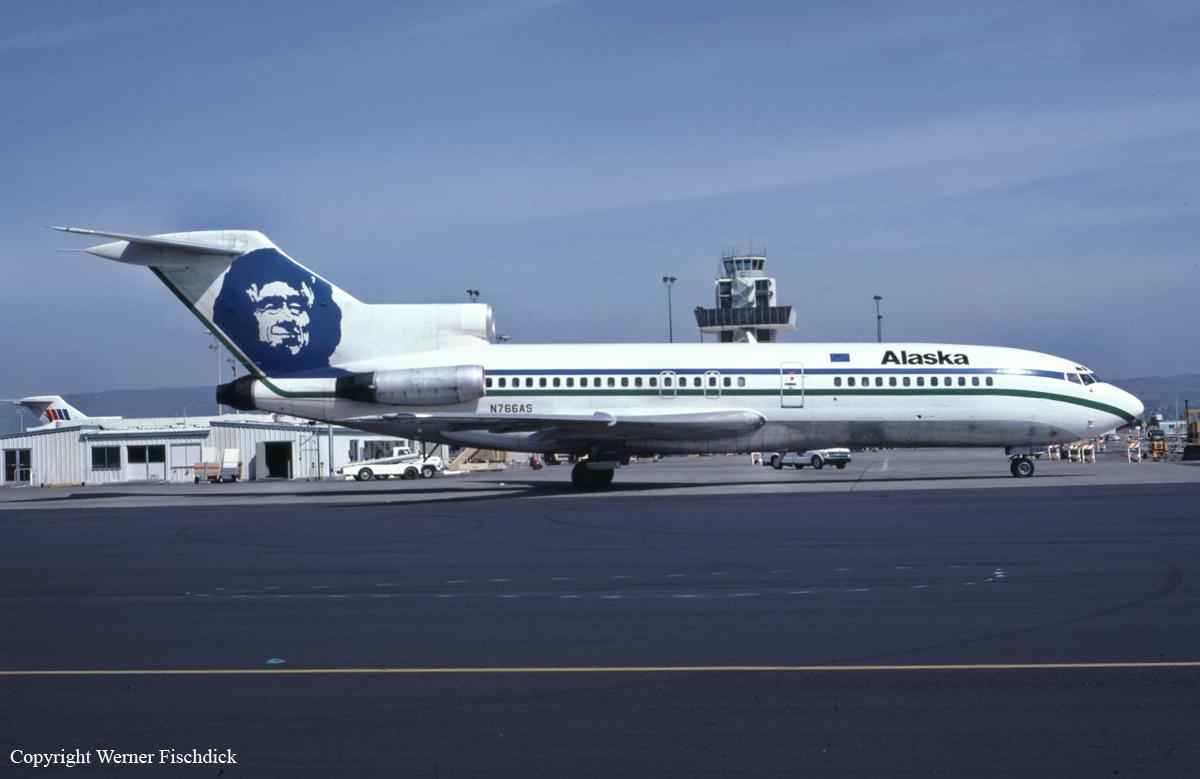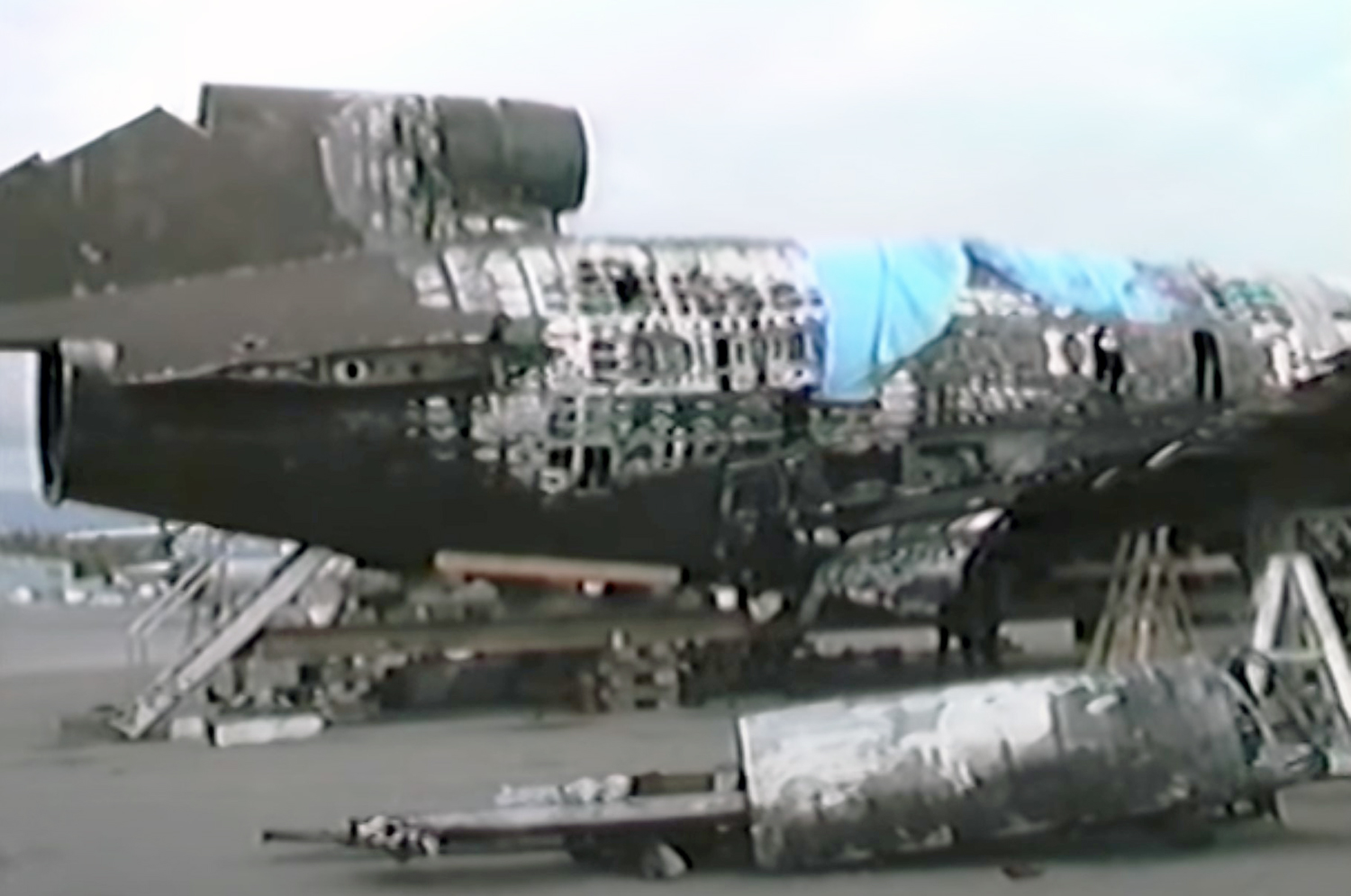Country
Operator Image

Crash of a McDonnell Douglas MD-83 off Anacapa Island: 88 killed
Date & Time:
Jan 31, 2000 at 1620 LT
Registration:
N963AS
Survivors:
No
Schedule:
Puerto Vallarta - San Francisco - Seattle - Anchorage
MSN:
53077
YOM:
1992
Flight number:
AS261
Crew on board:
5
Crew fatalities:
Pax on board:
83
Pax fatalities:
Other fatalities:
Total fatalities:
88
Captain / Total hours on type:
4150.00
Copilot / Total hours on type:
8060
Aircraft flight hours:
26584
Aircraft flight cycles:
14315
Circumstances:
On January 31, 2000, about 1621 Pacific standard time, Alaska Airlines, Inc., flight 261, a McDonnell Douglas MD-83, N963AS, crashed into the Pacific Ocean about 2.7 miles north of Anacapa Island, California. The 2 pilots, 3 cabin crewmembers, and 83 passengers on board were killed, and the airplane was destroyed by impact forces. Flight 261 was operating as a scheduled international passenger flight under the provisions of 14 Code of Federal Regulations Part 121 from Lic Gustavo Diaz Ordaz International Airport, Puerto Vallarta, Mexico, to Seattle-Tacoma International Airport, Seattle, Washington, with an intermediate stop planned at San Francisco International Airport, San Francisco, California. Visual meteorological conditions prevailed for the flight, which operated on an instrument flight rules flight plan.
Probable cause:
A loss of airplane pitch control resulting from the in-flight failure of the horizontal stabilizer trim system jackscrew assembly's acme nut threads. The thread failure was caused by excessive wear resulting from Alaska Airlines' insufficient lubrication of the jackscrew assembly. Contributing to the accident were Alaska Airlines' extended lubrication interval and the Federal Aviation Administration's (FAA) approval of that extension, which increased the likelihood that a missed or inadequate lubrication would result in excessive wear of the acme nut threads, and Alaska Airlines' extended end play check interval and the FAA's approval of that extension, which allowed the excessive wear of the acme nut threads to progress to failure without the opportunity for detection. Also contributing to the accident was the absence on the McDonnell Douglas MD-80 of a fail-safe mechanism to prevent the catastrophic effects of total acme nut thread loss.
Final Report:



Ground accident of a Boeing 727-90C in Anchorage
Date & Time:
Jun 9, 1987 at 0855 LT
Registration:
N766AS
Survivors:
Yes
MSN:
19728
YOM:
1968
Crew on board:
2
Crew fatalities:
Pax on board:
0
Pax fatalities:
Other fatalities:
Total fatalities:
0
Aircraft flight hours:
49937
Circumstances:
The mechanic in charge of taxiing the Boeing 727 allowed an unauthorized avionics technician to occupy the pilot seat. They inadvertently deactivated the brake pressurization system and struck a passenger jetway at the terminal gate. An ensuing fire destroyed the airplane and a company ground vehicle and extensively damaged the jetway. The terminal gate was also damaged. A total of 11 persons were injured.
Probable cause:
Occurrence #1: on ground/water collision with object
Phase of operation: taxi
Findings
1. Object - airport facility
2. (c) brakes (normal) - inadvertent deactivation - company maintenance personnel
3. (f) planning/decision - inadequate - company maintenance personnel
4. (c) checklist - not used - company maintenance personnel
----------
Occurrence #2: fire
Phase of operation: other
Phase of operation: taxi
Findings
1. Object - airport facility
2. (c) brakes (normal) - inadvertent deactivation - company maintenance personnel
3. (f) planning/decision - inadequate - company maintenance personnel
4. (c) checklist - not used - company maintenance personnel
----------
Occurrence #2: fire
Phase of operation: other
Final Report:


